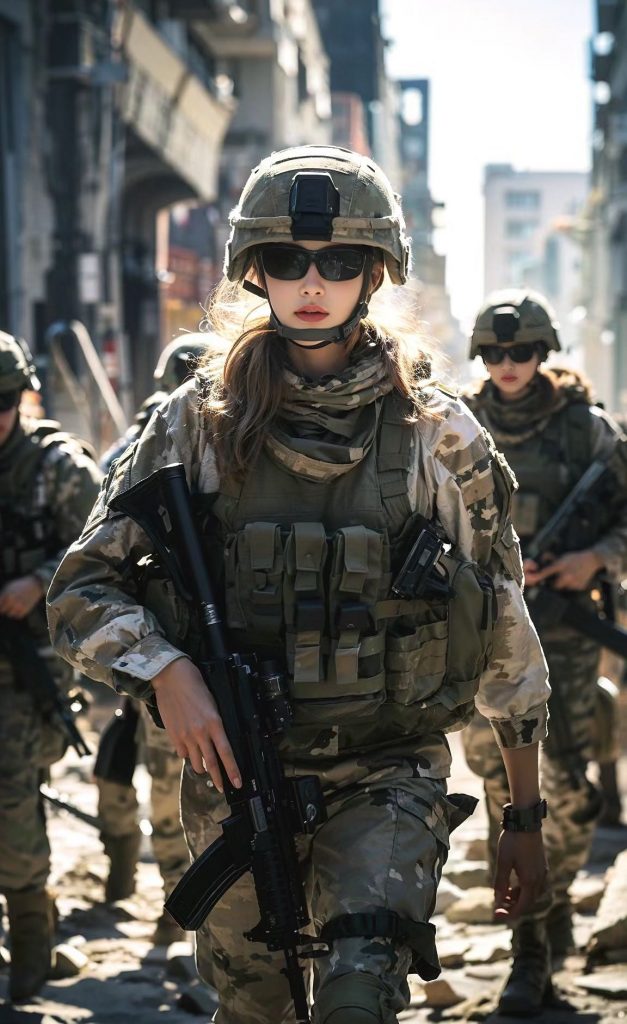Address
304 North Cardinal St.
Dorchester Center, MA 02124
Work Hours
Monday to Friday: 7AM - 7PM
Weekend: 10AM - 5PM


The National Institute of Justice (NIJ) released a draft of the NIJ 0101.07 bulletproof vest standard in 2018, which was subsequently reviewed and approved by the public.
This new standard, which replaces the NIJ 0101.06 standard, sets forth more rigorous requirements for bulletproof vests, enhancing the level of protection offered against different types of ballistic threats.
The NIJ 0101.07 standard categorizes bulletproof vests into two primary levels based on the type of ammunition they can withstand:
HG Level: Designed to protect against handgun bullets.
RF Level: Engineered to resist rifle bullets.
The standard specifies that the initial kinetic energy of projectiles can range from 634 Joules (J) at the lowest level of protection to 4,124 J at the highest level.

One significant change in the NIJ 0101.07 standard is the elimination of differing bullet velocities that distinguished new from old bulletproof vests.
Now, all bullet velocities are high, making the testing process more uniform.
The IIA level from the previous NIJ 0101.06 standard has been discontinued, reflecting evolving protection needs.
RF1 and RF2 Levels
RF1 Level:
Bulletproof vests must undergo shooting tests using M80, M43, and M193 projectiles. These tests ensure vests can protect against full-power high-kinetic energy projectiles and high-penetration projectiles.
RF2 Level:
This level includes all RF1 tests but adds tests for the SS109 projectile, known for its superior penetration capability due to its lead-core steel pointed design.
This level includes all RF1 tests but adds tests for the SS109 projectile, known for its superior penetration capability due to its lead-core steel pointed design.
Both the current and previous standards require bulletproof vests at the highest protection level to resist .30-06 M2 full metal copper jacketed armor-piercing bullets, which have cores made from hardened steel with a hardness of 785 HV.
The target test results for bulletproof vests must show no visible through cracks in the crater area, and the maximum back mark depression depth is limited to .44 mm.
The NIJ 0101.07 standard underscores the increasingly stringent demands on bulletproof vests and protective materials. Manufacturers and users must stay informed of these standards to ensure optimal protection and compliance.
Our focus on incorporating advanced technology and materials guarantees superior protection and durability. This commitment positions us as a trusted provider in both law enforcement and private security sectors.